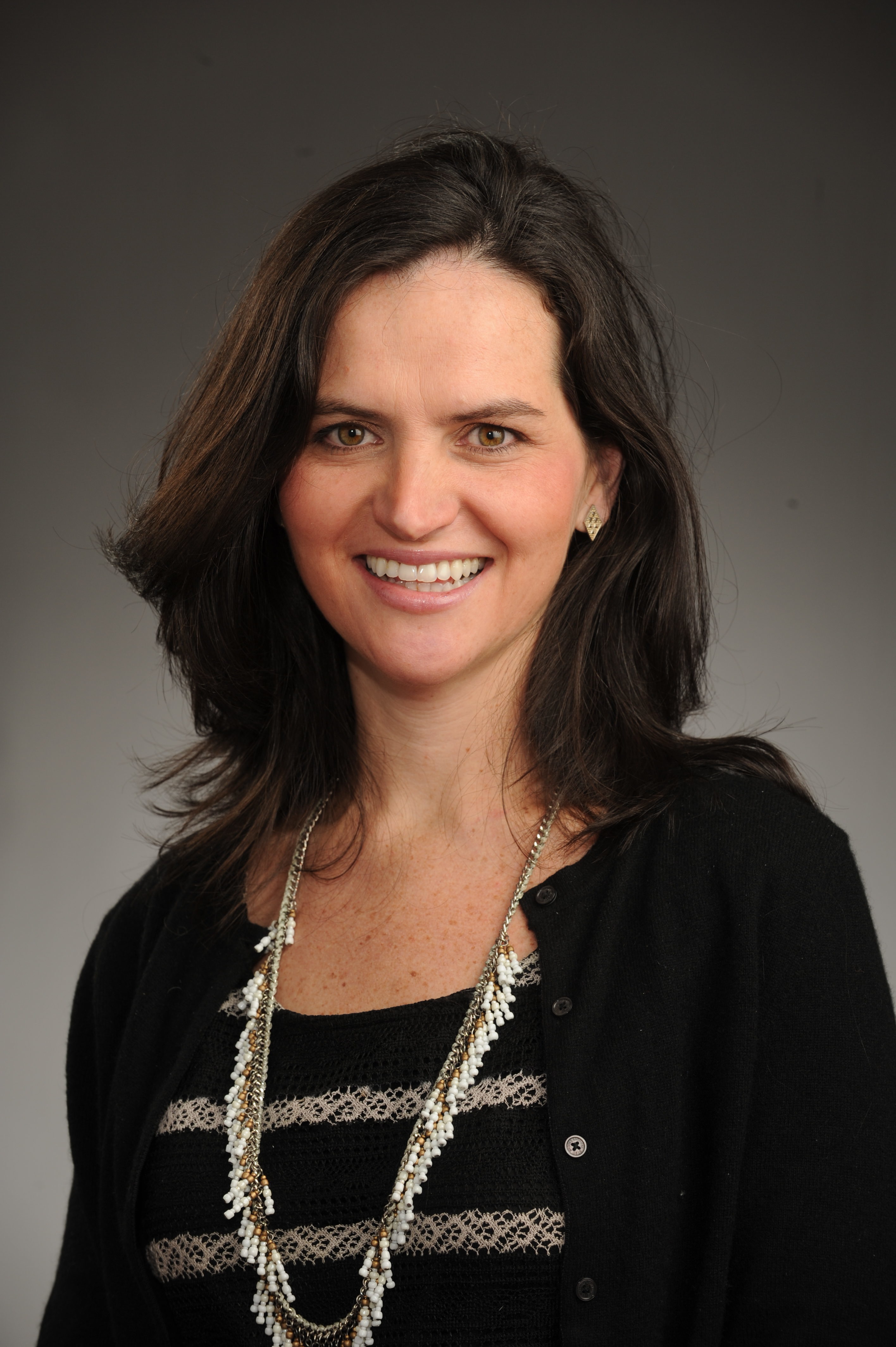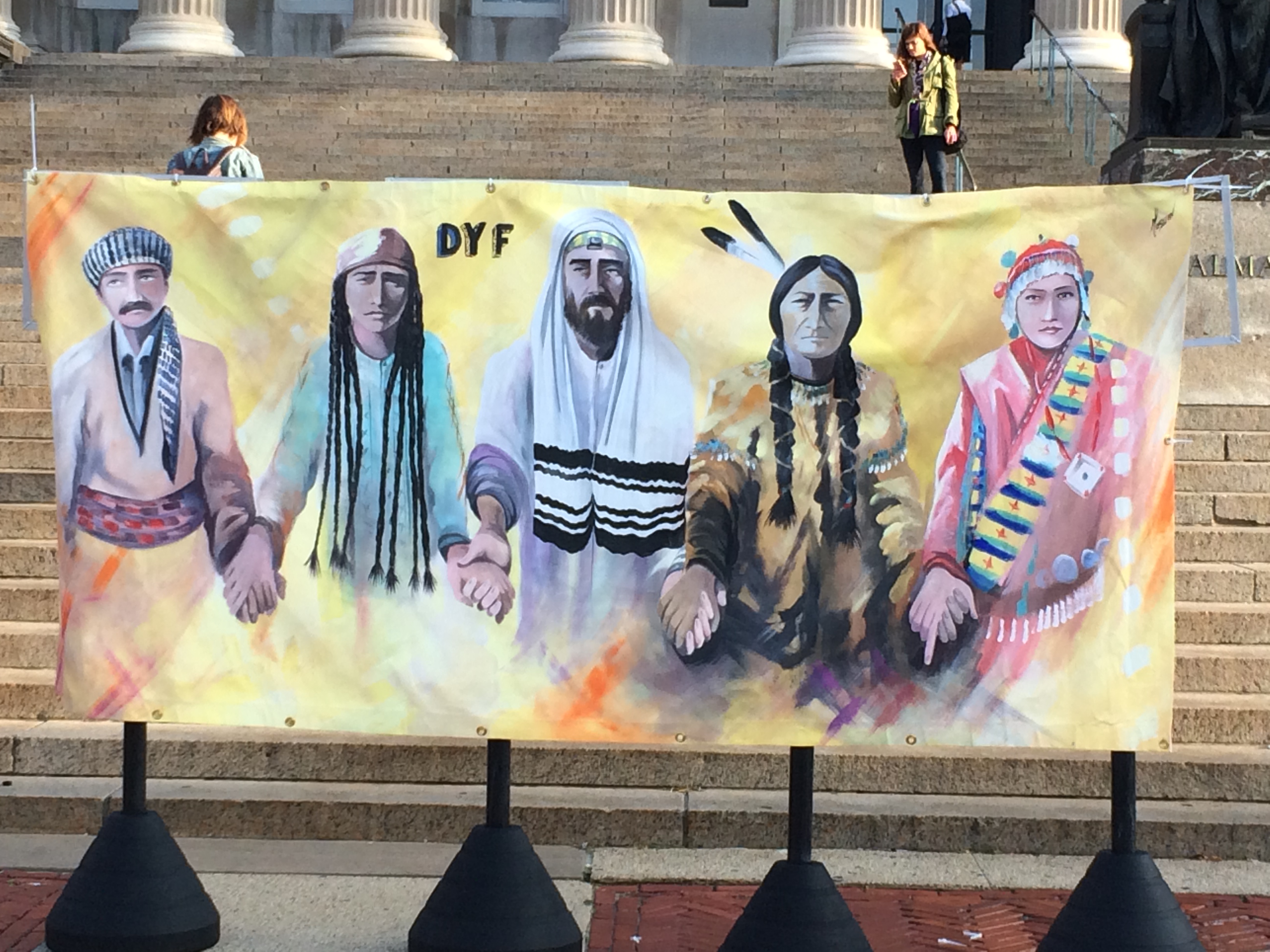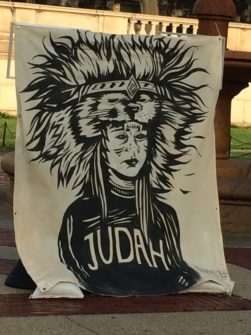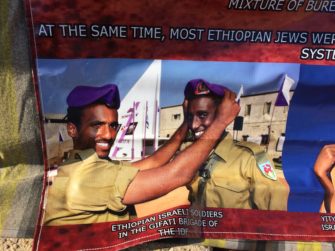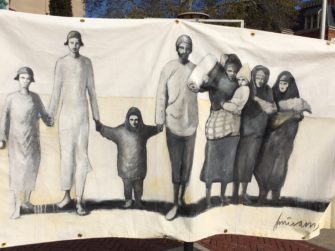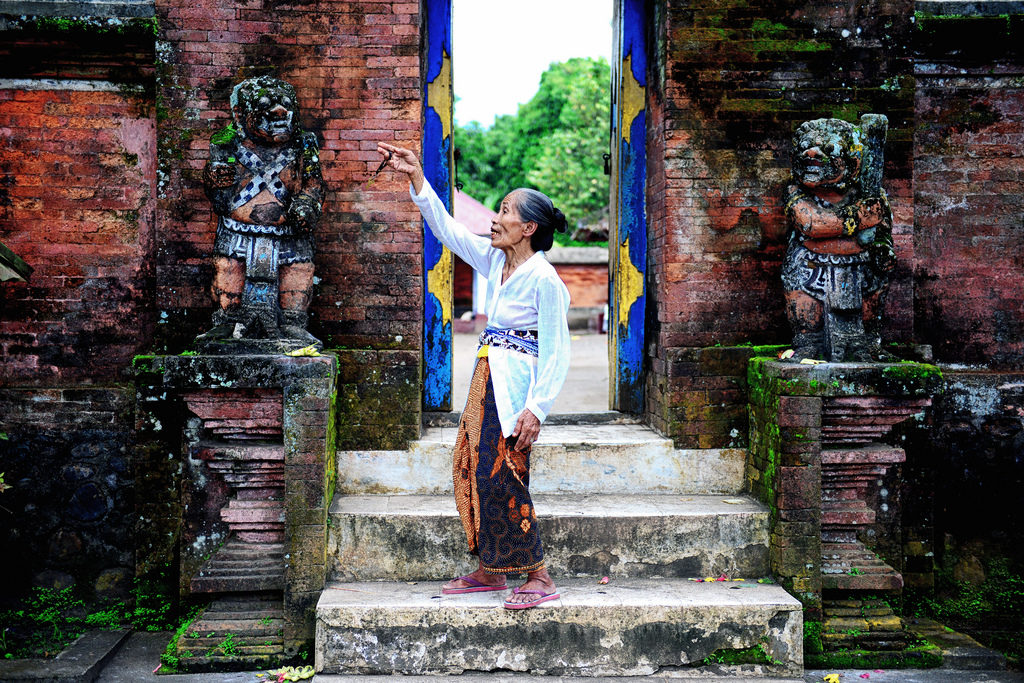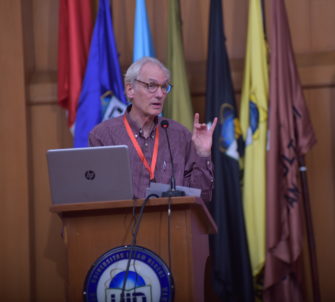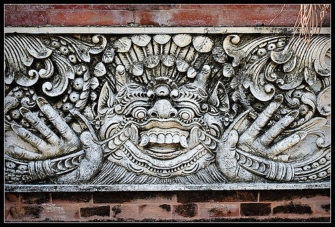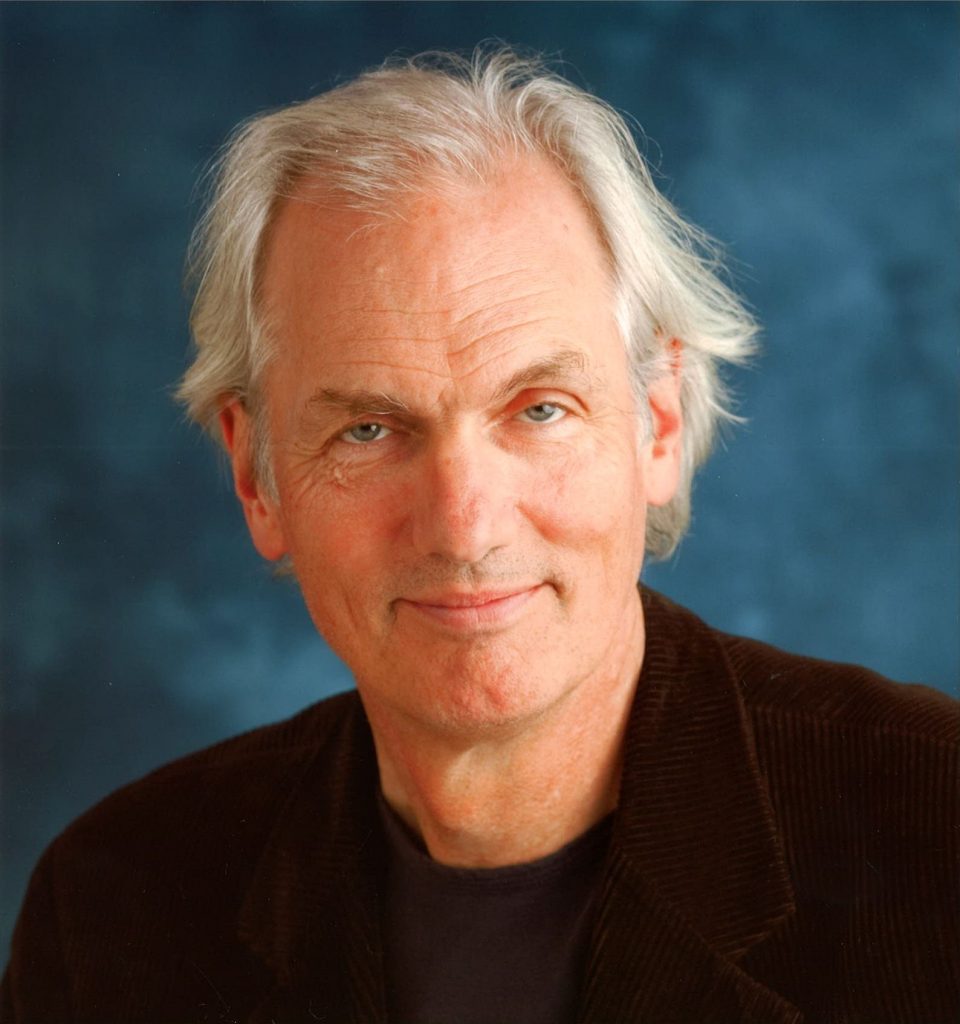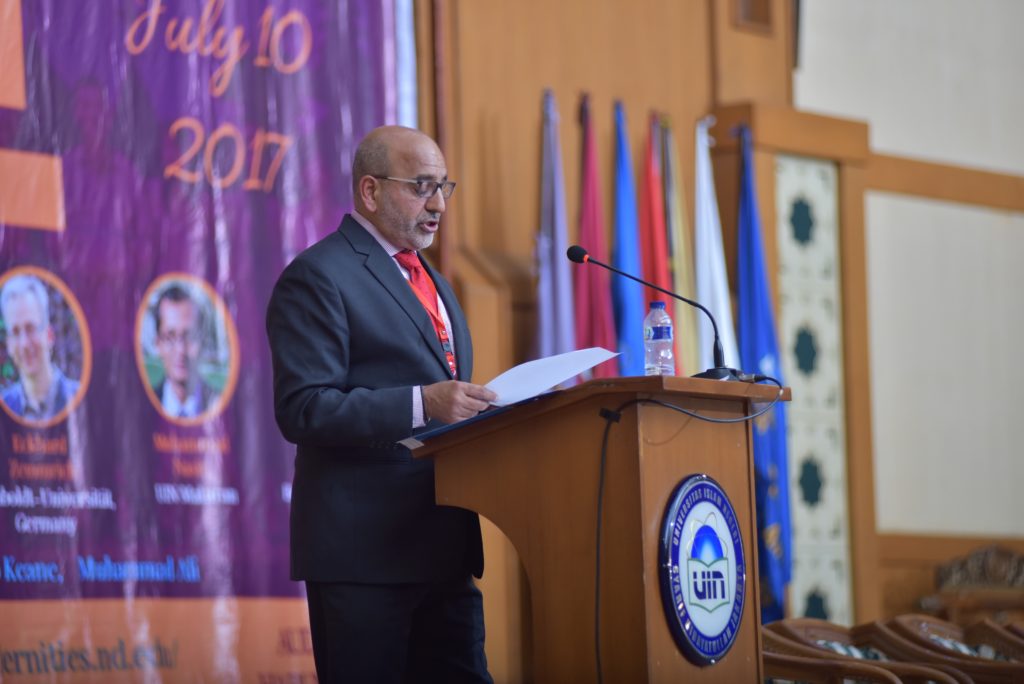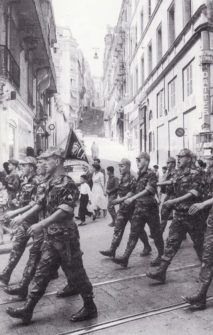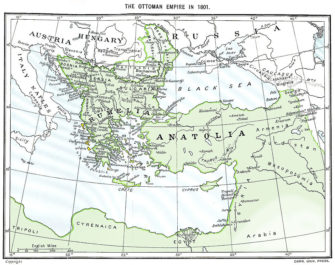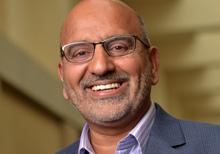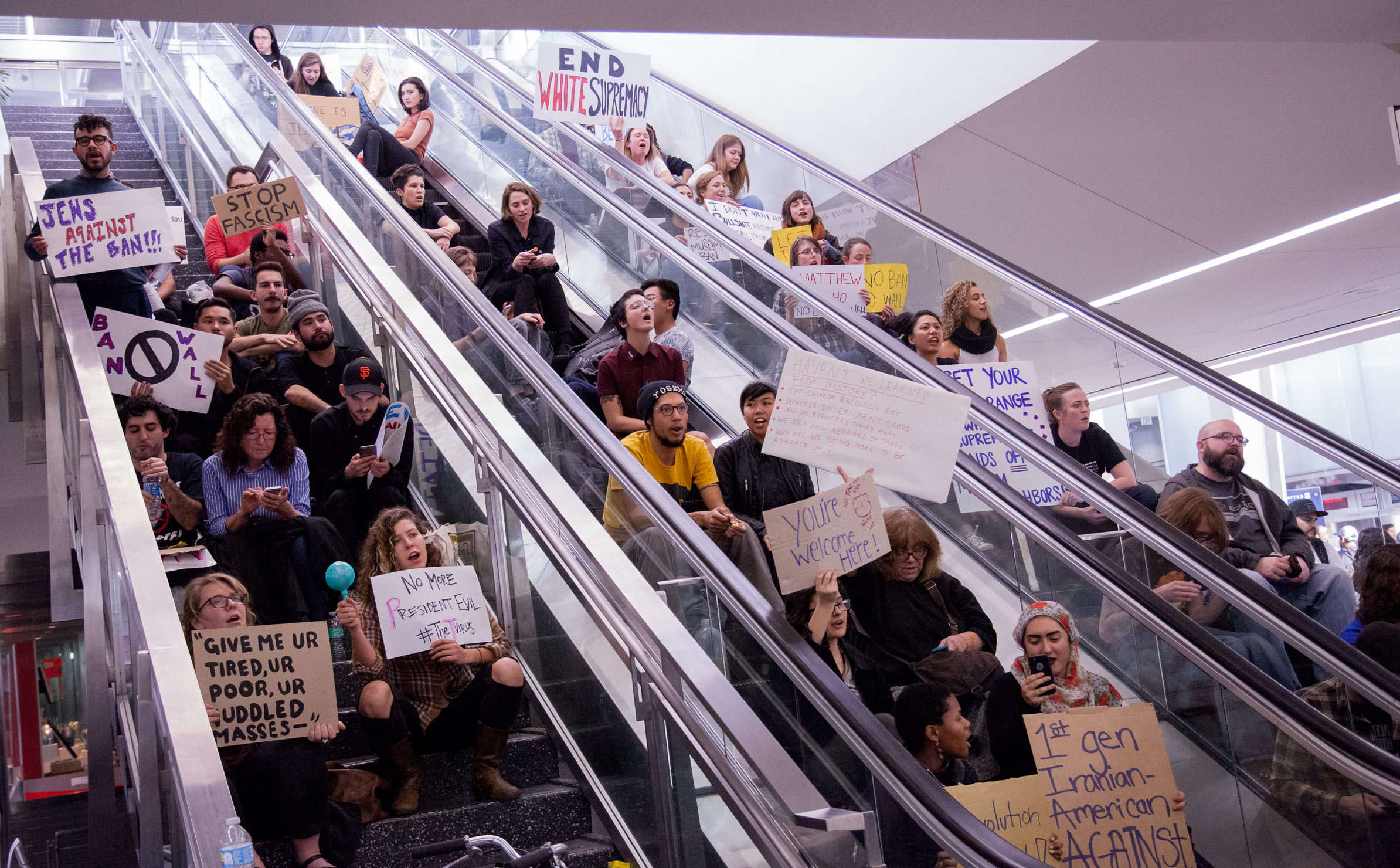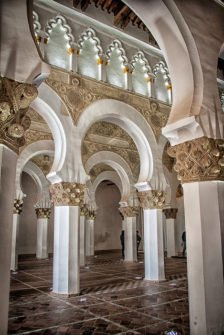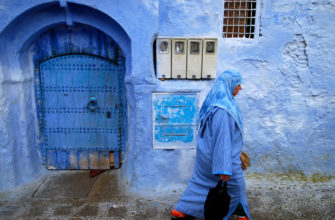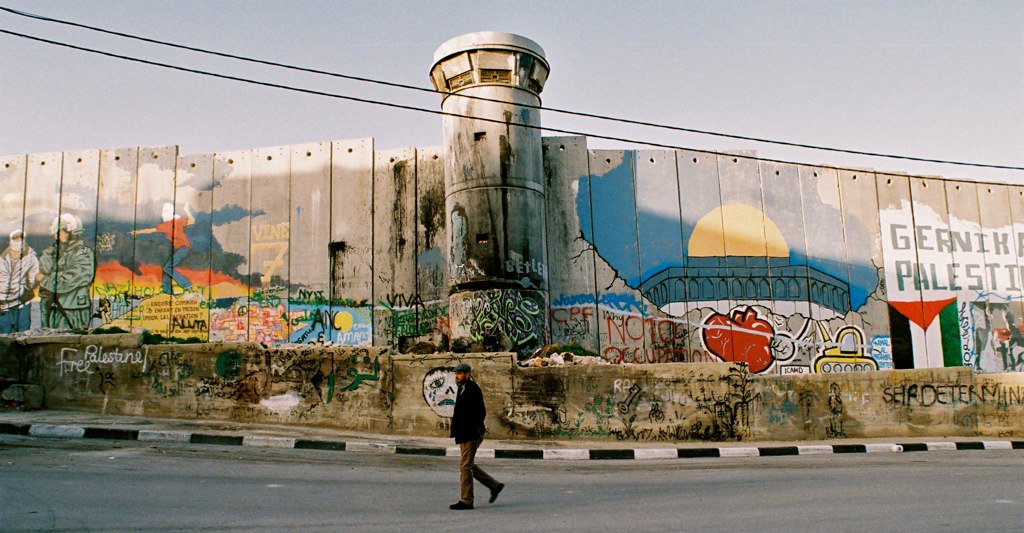
On December 6, 2017, President Donald J. Trump declared that the United States would move its embassy from Tel Aviv to Jerusalem. He described the decision, which overturned decades of US policy, as a recognition of the “reality” that the Holy City was the seat of Israel’s national government.
This reality, however, was of a particular sort, picked out to appease important constituencies of Trump’s political base: right-wing US Evangelicals who view Israel through Christian Zionist lenses, for example, and also US Jewish activists and organizations that back the maximalist policies of the present Israeli government. Significantly, too, Trump’s preferred reality resulted from Israel’s annexation and settlement of conquered land and from its discriminatory regime of control. Such actions are a violation of international conventions that proscribe acquisition of territory through war, rule out the expropriation of an occupied population for expansionist purposes, and insist on the legal rights of the occupied.
The Global Reaction
Attuned to their exclusion, Palestinians of all backgrounds—and concerned Arabs and Muslims globally—have responded in sharp tones. Palestinian Christians, who comprise a small but significant minority, have reacted strongly against the Trump announcement; but their statements have received little to no coverage in a US media conditioned to reduce Palestinian politics to the Hamas-Fatah rivalry. Arab and Muslim responses have occurred on a far wider, global scale. At this writing, mass demonstrations convulse cities and towns in the West Bank and Gaza Strip as well as in Jordan, Egypt, Tunisia, Iraq, Pakistan, Malaysia, and Indonesia.

The response has not been exclusively an Arab or Muslim one. The United Nations General Assembly passed overwhelmingly a resolution denouncing the Trump Administration’s decision. The UN Security Council voted 14 to 1—the United States was the only vote against and its vote served to veto the resolution—to demand reversal of the US decision. Strong criticism, too, has come from individual European governments and from groups in the United States committed to opposing the occupation, upholding international law, and reviving peace negotiations. More than 160 Jewish Studies scholars in the US have signed a letter condemning the US move. With Palestinian Catholic communities in mind, Pope Francis has also issued a statement insisting the international status quo with respect to Jerusalem be maintained and emphasizing the city’s religious importance to Christians, Muslims, and Jews.
Predominantly Palestinian East Jerusalem—cut off by Israeli settlements, sealed behind the “separation wall,” and subject to a stringent police presence—has remained relatively calm, although breaking reports describe violence occurring at the gates to the Haram Al-Sharif platform. Armed groups in Gaza, some of them aligned with Hamas, have launched missiles across the border fence into Israel, leading to the inevitable Israeli retaliation: air bombardments have killed four Gazans.
Protest through an Orientalist Lens
In US media, the Palestinian, Arab, and Muslim reaction appears yet again as violent and unreasonable. Once more, young men masked in keffiyeh scarves hurl rocks from behind burning tires; anonymous massed bodies demonstrate in the streets, burning US flags; and militants in military fatigues, green or black scarves tied around their heads with the Islamic shahada emblazoned on them, sling automatic rifles and ammunition belts across their backs.
The images project into a void of knowledge. The interpretive lens that substitutes for informed understanding—a filter that the memory of the September 11, 2001 attacks, the wars that have followed it, and the lurid violence of the Islamic State have reinforced—presumes a simple but intractable dichotomy between a reasonable West, inclusive of a beleaguered Israel, and a threatening Middle East beholden to a barbarous Islam.
The dichotomy bends in instances in which the masked militants are “our militants” fighting for “our values” of freedom and democracy. Examples include the Reagan Administration’s support for Afghani mujahidin in their fight against the Soviet invasion and, recently, US support for anti-regime forces in the Syrian civil war. When these groups turn against US interests, they revert to the category of civilizational threat. And, so, in the case of Israel, the binary bends back to form: the violence of Israel’s occupation—military, settler, and structural—either goes unremarked or presents within this interpretive frame as justifiable self-defense.
The Orientalist bifurcation that casts the non-West as atavistic produces a Palestinian, Arab, and Muslim civilizational exception. Devoid of context, “their” reactions figure as symptoms of a cultural pathology that only resolves once “they” relent and accept what “we” value. And yet, a moment’s reflection reveals “their” reactions to be anything but exceptional; the responses have comprehensible antecedents in the history of the three monotheisms as they have intersected in Jerusalem and in the formation of modern national imaginaries.
Jerusalem in Palestinian Nationalist Discourse
Jerusalem figures centrally in Palestinian nationalist discourse, secular and religious. It stands in metonymically for Palestine itself. In Muslim Palestinian homes in Palestine and in diaspora communities abroad, an enlarged, often gold-framed photographic image of the Dome of the Rock rising above the walls of the Old City adorns the main sitting or dining room. Christian Palestinian families might display images of the Church of the Holy Sepulchre. These images are present in the most ornate villas and in the humblest of refugee shelters. The images gesture to Jerusalem, to Palestine, and to the nation that seeks to return and recover it.
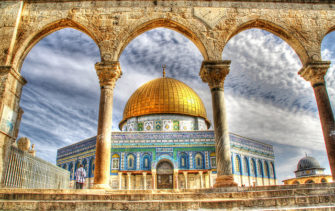
The force of the images for Palestinians flows from remembered and persisting social and economic ties that intertwine intergenerationally with the city and its institutions. Some of these institutions, like the Al-Aqsa Mosque and the Holy Sepulchre Church, date to late Antiquity and the early centuries of Muslim rule that followed the conquest of Jerusalem in 637 C.E. These religious sites became destinations for local and regional pilgrimage, especially during important moments in the liturgical calendar like Ramadan or the Christian Holy Week. Other institutions, secular ones, like the Khalidi family library, appeared later as part of a cultural efflorescence that saw elite families assume leadership positions in the Ottoman and British Mandate structures.
Economically, the city had long integrated itself with surrounding towns. Villagers would travel to the city’s markets to sell their produce and pray at Al-Aqsa or at the many churches. The War of 1948, which divided the city between Israeli and Jordanian controlled halves, severed or stunted these connections. Jews, too, experienced this cutting, prevented as they were from traveling to the Western Wall, a site of Jewish prayer since the 16th century. After the Six-Day War in 1967, the Israeli government razed the Moroccan Quarter, the harat al-maghariba, to create the large Kotel plaza in front of the wall. The displaced Palestinian residents of the quarter sought shelter in the Shu`fat Refugee Camp along the northern municipal boundary. The forced removal was yet another instance of mass displacement that has so powerfully defined the Palestinian sense of loss and demand for return.[1]
The 1967 War, in which Israel conquered and then annexed the entire city, expanding its boundaries into the West Bank through land confiscations and settlement building, restored Jewish access to the city. This restoration, however, entailed a further cutting off of Palestinians. Since the Second Intifada (uprising) in 2000-2005, Israel has built what it calls a “separation wall” putatively to stem infiltration of armed Palestinians. Effectively, the wall solidifies Israel’s territorial and demographic dominance in the city.
Israel’s annexation and Judaization of Jerusalem, rather than annulling Palestinian attachments, have instead amplified the city’s symbolic importance for Palestinians. The event that ignited the Second Intifada, known commonly as the Al-Aqsa Intifada, was Ariel Sharon’s provocative visit to the Haram al-Sharif in a bid to shore up right-wing settler support for his effort to win the premiership. As Jewish settlements push aggressively into Palestinian areas, as politicians and settlers at times force their way onto to the Haram platform, and as Israel undertakes archeological excavations under the Haram’s walls, Palestinian activists raise the alarm, as they are now in the aftermath of Trump’s declaration, of “Al-Aqsa fi khatar” (Al-Aqsa is in danger!). In response, they take to the streets to demonstrate, enacting the longstanding Intifada practices of burning tires, throwing stones, and chanting slogans.
The centrality of Al-Aqsa and the Haram Al-Sharif to Palestinian national discourse reaches back to the origins of Palestinian nationalism in the first decades of the 20th century. Formed through the intersection of multiple currents—incipient Arab nationalism stemming from the Great Arab Revolt of 1916-1918; late 19th century lay Arab Christian advocacy of nationalism as a counter to the power of church hierarchs within the Ottoman governing system; the emergence of lay Muslim-Christian Associations; reaction against the growing assertiveness of Zionism—the Palestinian national movement increasingly came under the sway of elite families in Jerusalem.
The Husayni family, in particular, gained special prominence through the activism of Muhammad Amin al-Husayni, a strong supporter of the Arab revolt and of the pan-Arabism of Amir Faysal. Appointed Mufti of Jerusalem by the British High Commissioner in 1921, Al-Hajj Amin, as al-Husayni became known, gained the presidency of the Supreme Muslim Council, an institution the British had created to co-opt Palestinian leadership. Al-Husayni transformed the council and the Al-Aqsa Mosque and its institutions into a platform for the global projection of Palestinian national demands. In 1931, in a bid to rally Muslim support for Palestinian statehood, he hosted the first Islamic Congress at Al-Aqsa. The Congress was the culmination of outreach to Muslim leaders and movements worldwide, including the Muslim Brotherhood in Egypt but also the Khilafat Movement in India. Both groups rallied to the cause of Palestine, sending delegates to the congress and, in the case of the Muslim Brotherhood later, armed irregulars to fight in Gaza during the War of 1948.[2]
Jerusalem in Fatah and Hamas’ Discourse
After the war, in the wake of the forced exodus of 750,000 Palestinians from their villages and towns, the national movement regrouped. Hearkening to a revived pan-Arabism—Arab nationalist leaders like Jamal `Abd al-Nasser and the Ba`athist parties had ascended to power across the Middle East—the founders of the Palestinian National Liberation Movement (Fatah), which eventually took control of the Palestine Liberation Organization in 1968, emphasized the centrality of Palestine to the Arab nationalist cause. The new movement presented itself as a state in exile, inclusive of all the diverse groups comprising Palestinian society. Christians, especially, supported the PLO and its various factions. Individuals like George Habbash, founder of the Marxist Popular Front for the Liberation of Palestine, an important PLO faction, came from Christian families.
Jerusalem remained politically important to this new form of PLO nationalism centering the ethnos. It repeatedly figured, for example, in the demand, “dawla filastiniyya `asimatha al-quds” (a Palestinian state the capital of which is Jerusalem). Yet, the focus rested primarily on the liberation of the land of Palestine.
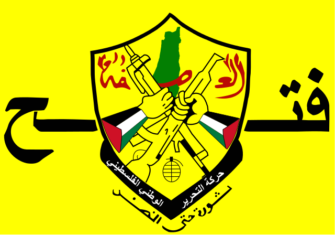
This emphasis manifested symbolically, for example, in Fatah’s coat of arms. The image features a representation in green of the geographical space that the British Mandate once constituted. Within this space—the space of Palestine—Israel took form. Crossed in front of the territory are two automatic rifles, a grenade, forearms cuffed in the Palestinian national colors, and the slogan, al-`asifa (“The Storm”), a reference to Fatah’s armed wing. The message is clear: Fatah commits itself to the armed struggle—the “revolution until victory”—to liberate the usurped homeland.
Fatah’s crest does not include any image or reference to Jerusalem. The national politico-geographical space, not the religious one, is central. That space incorporates the autochthonous Arab Christians and Muslims. In Fatah’s conception of indigeneity, those Jews (Palestinian Jews) who had lived in Palestine before the arrival of the Zionists from Europe were also legitimate members of the Palestinian nation. Given this pluralistic vision, the elision of particular religious symbols in the coat of arms becomes comprehensible. Palestine subsumes Jerusalem and its people in all of their subnational groupings.
During the two decades after the 1967 war, Islamist movements rooted in the Muslim Brotherhood challenged Fatah and the PLO. The viability of this challenge, as journalists and historians have long noted, resulted in part from Israel’s strategy of suppressing PLO-affiliated groups while allowing Muslim Brotherhood activists to organize. Islamists took nimble advantage of the opportunity to create a forceful counter to secular nationalism.
The signal event in this process was the emergence of the Islamic Resistance Movement (Hamas) during the First Intifada in early 1988. Hamas immediately contested leadership of the uprising. During the Oslo Process, it used violence to undermine Fatah’s negotiations with Israel. In 2007, Hamas and Fatah fought a brief, bloody civil war that ended with Fatah’s expulsion from the Gaza Strip. Palestinian political leadership has since remained fractured.
Hamas redefines national belonging in sectarian religious terms. In doing so, it mirrors the political theology of Zionism, which conceives of Eretz Israel as a land belonging to Jews solely.[3] In similar terms, Hamas invokes “Muslim Palestine” and speaks of liberating Al-Aqsa in metonymic reference to Jerusalem. Its discourse resurrects the symbolic and discursive links that Al-Hajj Amin al-Husayni forged between the Palestinian national cause and Islamic movements in the wider Middle East and South Asia. It also resuscitates memories of the guerrilla movement that Shaykh `Izz al-Din al-Qassam led in the Galilee just prior to the outbreak of the Great Peasant Revolt of 1936-1939.[4] Hamas’ armed wing calls itself the `Izz al-Din al-Qassam Brigade.
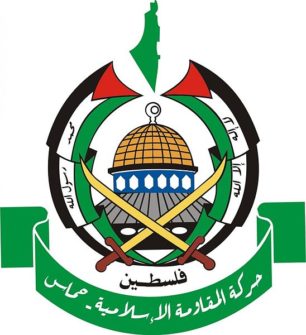
Hamas’ coat of arms, in sharp contrast with Fatah’s, explicitly invokes Muslim Palestine and Al-Aqsa in its imagery. In the center background is the Dome of the Rock, the most prominent built structure in Jerusalem’s Old City. The image of Palestine as constituted during the period of the British Mandate appears in green above the Dome as if linking the structure to the heavens. The Dome is the unmistakable and irrefutable symbol of Islam’s territorial and religious supersessionary claims to the city: it and Al-Aqsa next to it sit dominantly atop the platform from which the Jewish temple once rose. The Dome, in its magnificence, also rises preeminently above the silver cupola of the Holy Sepulchre Church. The representations of the Palestinian flag that frame the Dome in Hamas’ coat of arms feature the Islamic shahada that “there is no deity but the one God” and that “Muhammad is God’s messenger.” The inclusion of the shahada on the national banner reinforces Islam’s priority: the nation is a Muslim one. Through this choice of imagery—the Dome, the Islamized flag—Hamas excludes Jewish and Christian claims to the city.
Additionally, the crossed swords, which contrast with the modern rifles and grenade images in Fatah’s crest, redefine the meaning and objectives of Islamist politics globally. The swords mirror the sabre that appears in Saudi Arabia’s national flag. In both instances, Saudi and Palestinian, the symbol evokes the Islamic conquests of the 7th Century C.E. The critical difference in the Hamas crest is that the swords cross in front of the Dome. This arrangement renders Jerusalem the centerpoint of Islamist politics. Hamas reinforces this centering in articles 14 and 15 of its 1988 covenant. In those passages, the movement calls Muslims globally to free the Holy Land as the prior condition to returning Islam to its rightful place of power in the world. “Jihad in the path of God” to free Jerusalem (Palestine) has become, according to Hamas, a fard `ayn—a prescribed individual duty such as the five daily prayers—of Muslims everywhere.
Conclusion
This religiously framed call to struggle—in the broader sense of jihad as the effort to resist injustice—has increasingly resonated with Palestinians in Western diaspora communities, where affirmation of Islamic identity has intensified partly in response to spiking anti-Muslim racism. In 2013, for example, the American Muslims for Palestine organization, one of the most prominent groups advocating on behalf of the Palestinian cause in the United States, adopted the Qur’anic verse, “al-ladhi barakna hawlahu”—“the surroundings of which we have blessed,” a reference to Al-Aqsa and to Jerusalem and the Holy Land, generally—as the slogan of their annual conference. The reference implicitly cast activism for Palestine as a sacred struggle on behalf of an inalienable Islamic patrimony that God, through the miraculous journey of his messenger across the night sky to “the farthest mosque,” had bestowed upon his faithful.
The official recognition by the Trump Administration that Jerusalem is Israel’s capital settles nothing. On the contrary, it reinforces the exclusionary logics of the contesting claims to the city. The announcement reinforces this zero-sum game in favor of Israeli-Jewish hegemony. Still, Jerusalem, deeply significant to Muslims, Christians, and Jews, to Israelis and Palestinians, defies the zero-sum. Any attempt to impose the dominance of a single group necessarily entails violent exclusion and suppression and the inevitable resistance they provoke. Recognition of this fact and of the corresponding necessity to live and govern equally with others remains the sine qua non of any peace worthy of the name in the Madinat al-Salah (City of Prayer) and in the wider territorial expanse that Israelis and Palestinians claim as their own.
[1] See Tom Abowd, Colonial Jerusalem: The Spatial Construction of Identity and Difference in a City of Myth, 1948-2012 (Syracuse, NY: Syracuse University Press, 2016).
[2] See Muhammad Y. Muslih, The Origins of Palestinian Nationalism (New York: Columbia University Press, 1988); Rashid Khalidi, Palestinian Identity: The Construction of Modern Consciousness (New York: Columbia University Press, 1997); Robert Haddad, Syrian Christians in Muslim Society: An Interpretation (Princeton, NJ: Princeton University Press, 1970); Omar Khalidi, “Indian Muslims and Palestinian Awqaf,” Jerusalem Quarterly 40 (2009): 52-58; Uri Kupferschmidt, The Supreme Muslim Council: Islam under the British Mandate in Palestine (Leiden: Brill, 1987); and Abd al-Fattah Muhammad El-Awaisi, The Muslim Brothers and the Palestine Question 1928-1947 (London and New York: Tauris Academic Studies, 1998).
[3] Zionism, like Palestinian nationalism, is internally complex. Important movements within Zionism have promoted bi-nationalist and two-state conceptions of Jewish-Arab national coexistence. Other powerful tendencies within Zionism, however, have advocated and actively pushed forward ethno-nationalist ideas that envision exclusive Jewish territorial dominance, especially in Jerusalem. For a trenchant critique of these various ideological orientations as they have manifested within Israeli Jewish peace groups, see Atalia Omer, When Peace Is Not Enough: How the Israeli Peace Camp Thinks about Religion, Nationalism, and Justice (Chicago, IL: University of Chicago Press, 2013).
[4] Abdallah Schleifer, “Izz al-Din al-Qassam: Preacher and Mujahid,” in Struggle and Survival in the Modern Middle East, edited by Edmund Burke III and David Yaghoubian (Berkeley, Los Angeles, CA: University of California Press, 2005; Ted Swedenburg, Memories of Revolt. The 1936–1939 Rebellion and the Palestinian National Past (Little Rock, AK: The University of Arkansas Press, 2003).

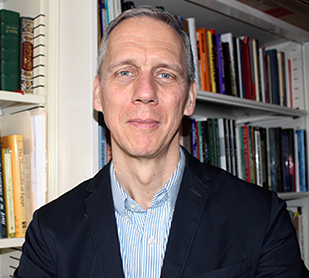
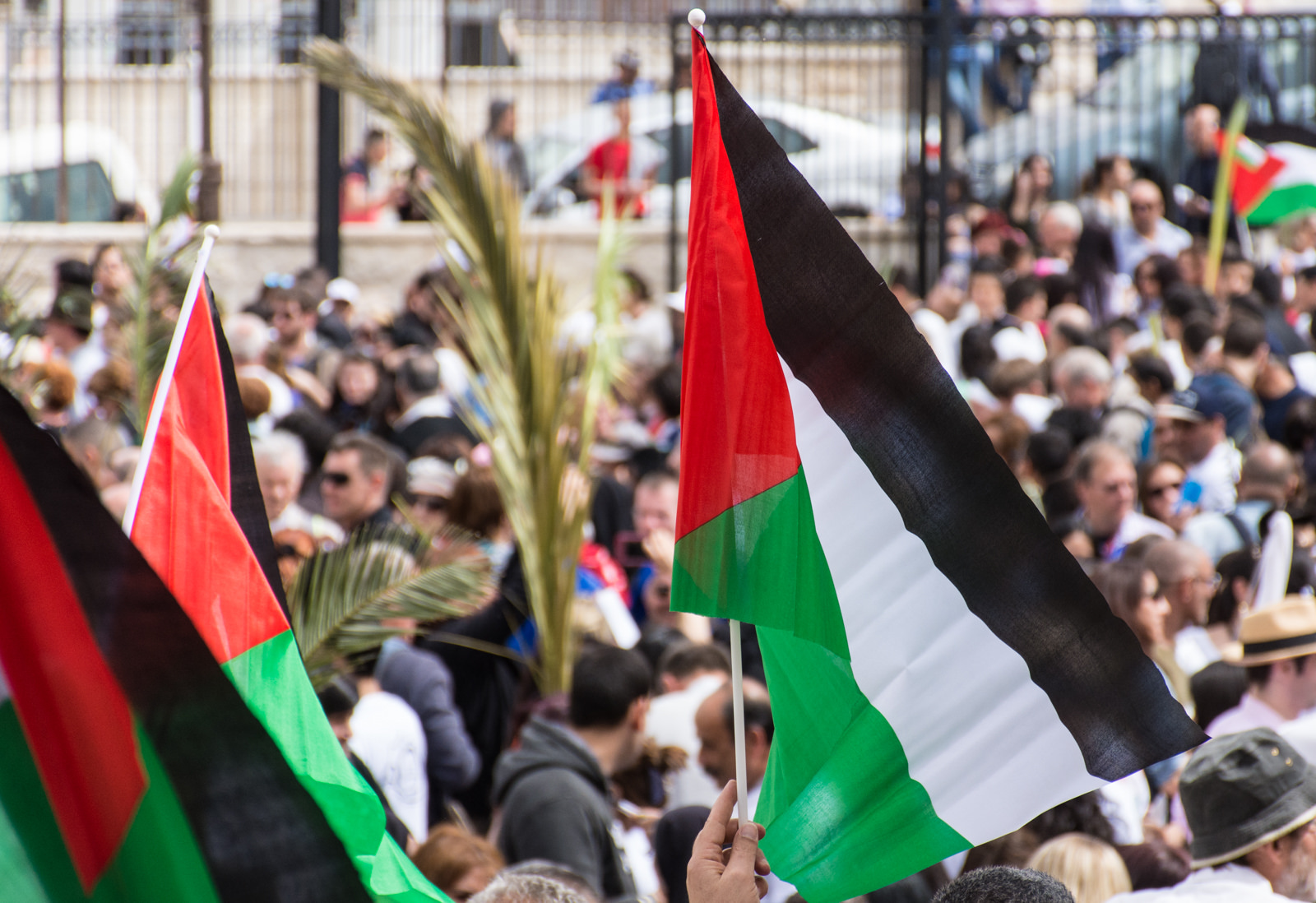
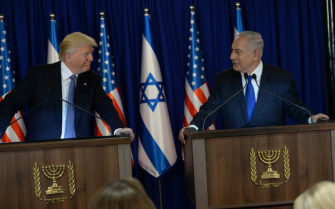
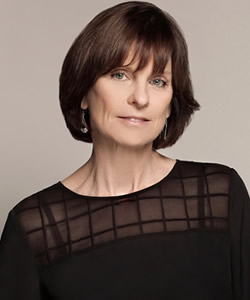
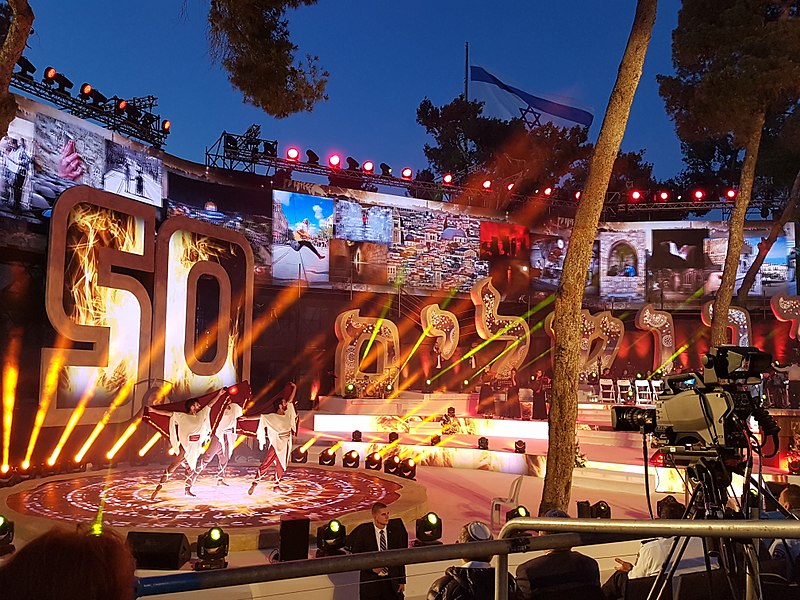


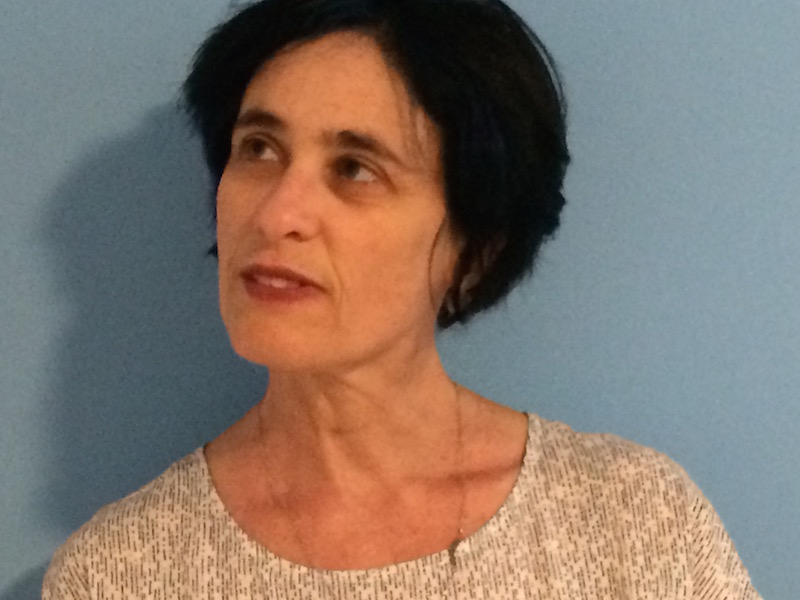
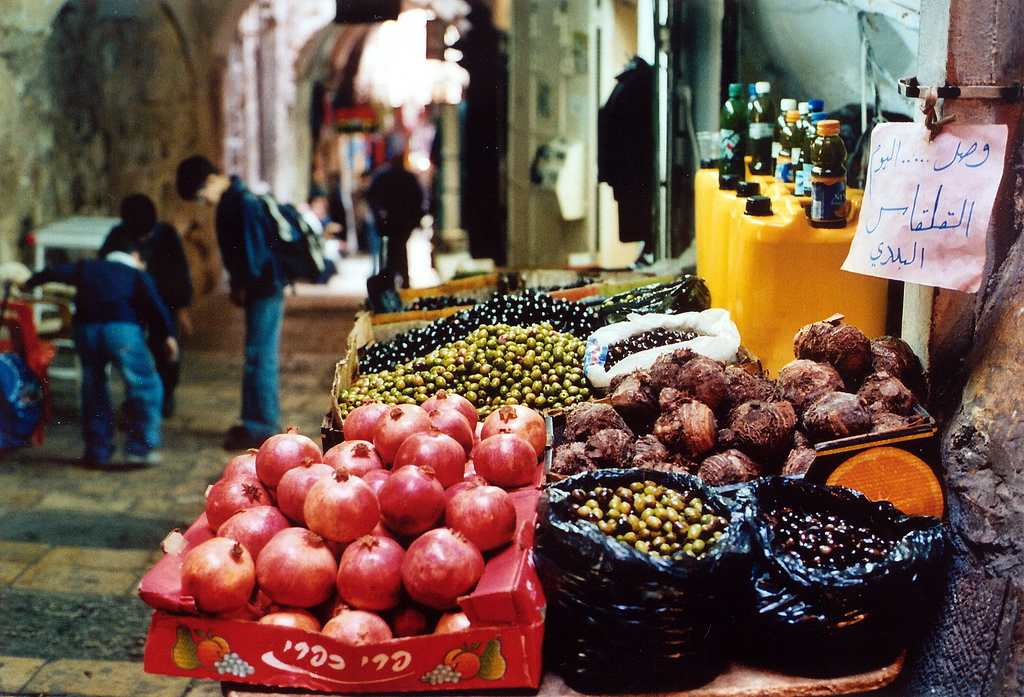
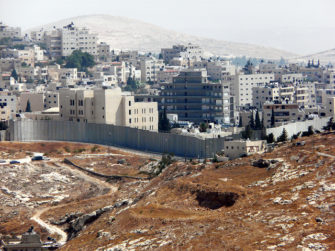
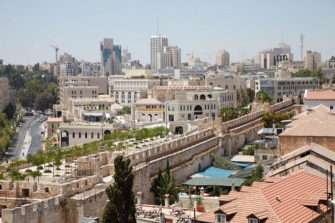
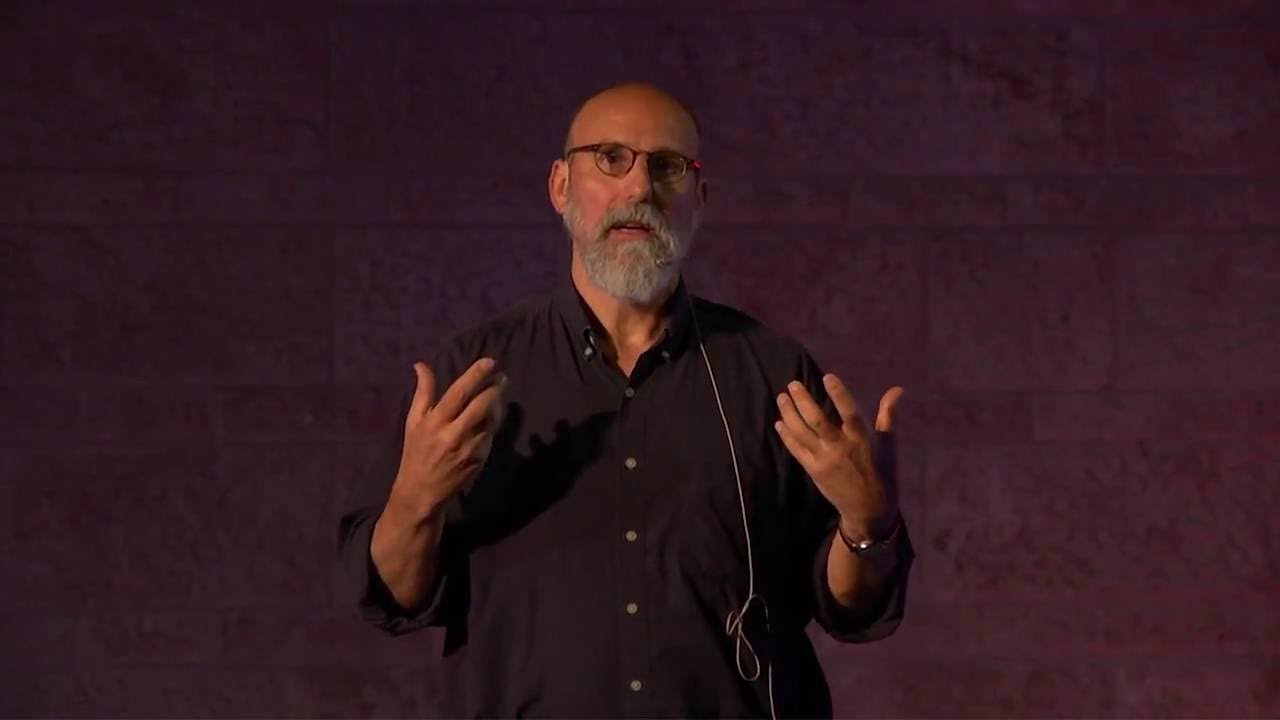
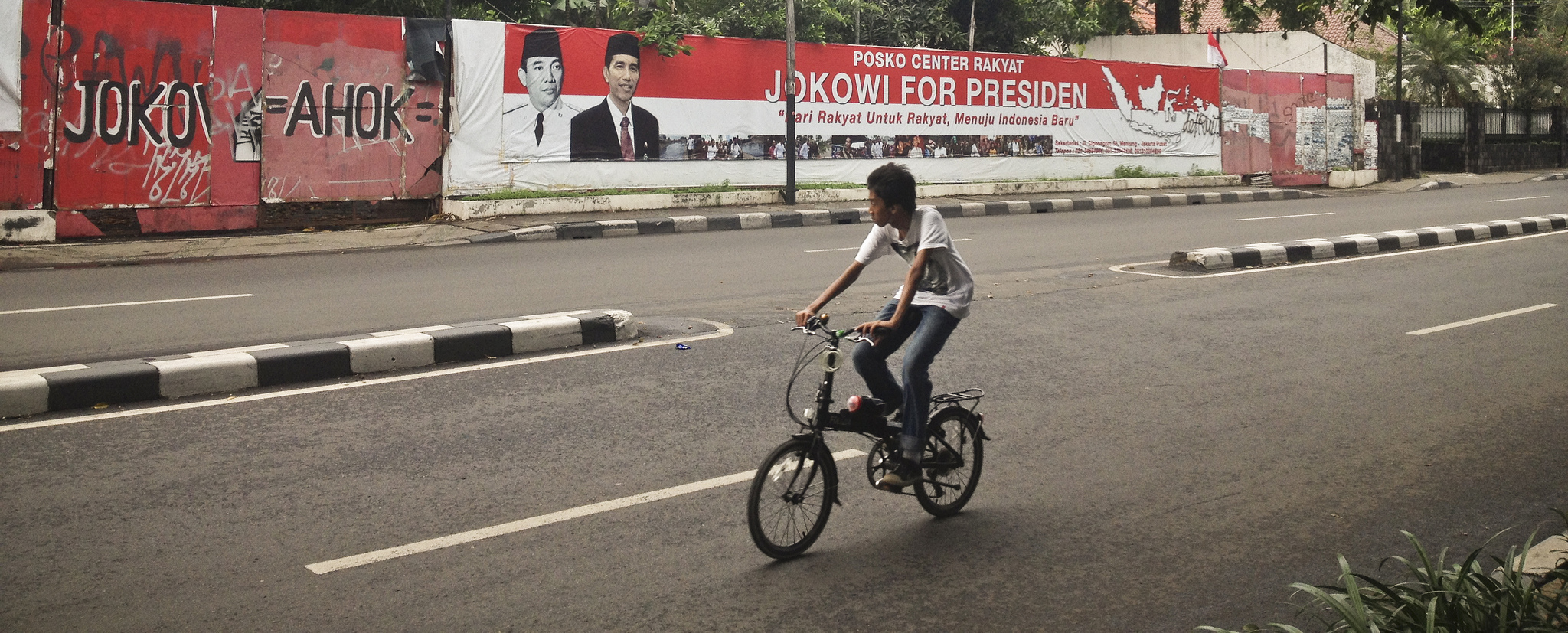
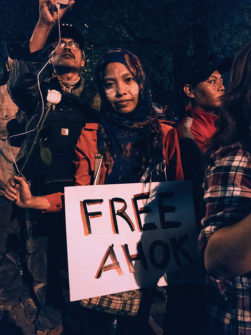
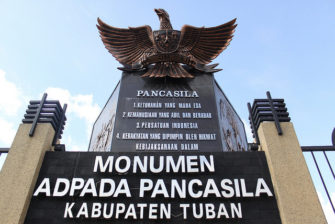
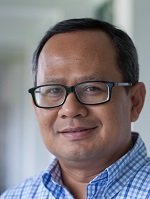
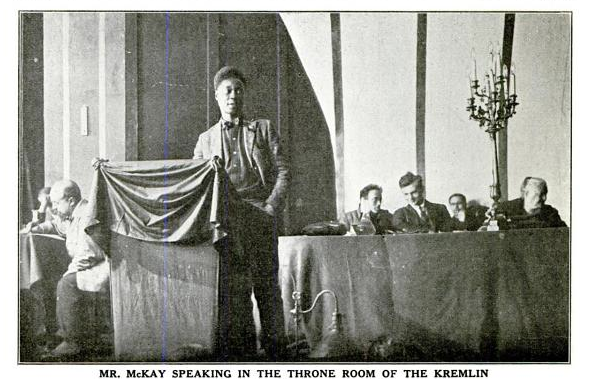
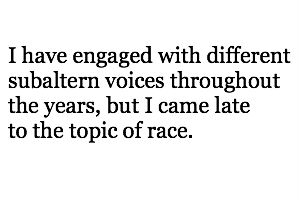 For several years, I’ve taught a graduate seminar called “Medieval
For several years, I’ve taught a graduate seminar called “Medieval 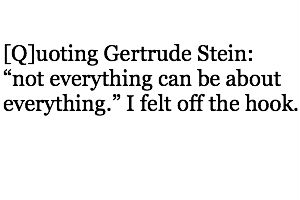 But, to be honest, it wasn’t until recently that I truly pushed myself to stretch even further
But, to be honest, it wasn’t until recently that I truly pushed myself to stretch even further 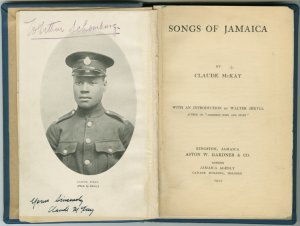
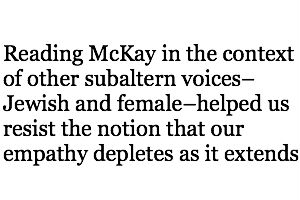 It was a
It was a 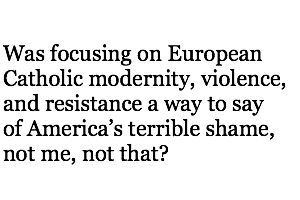 Reading McKay helped me see that the
Reading McKay helped me see that the 